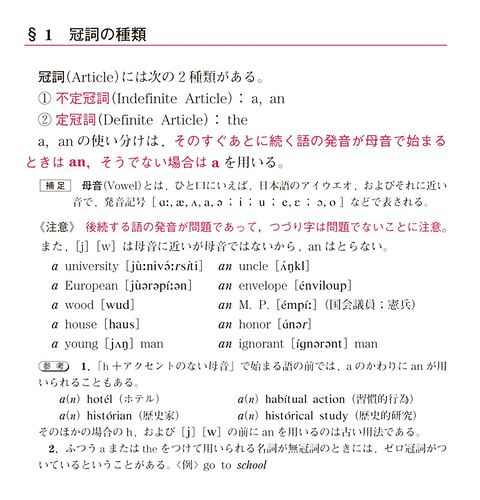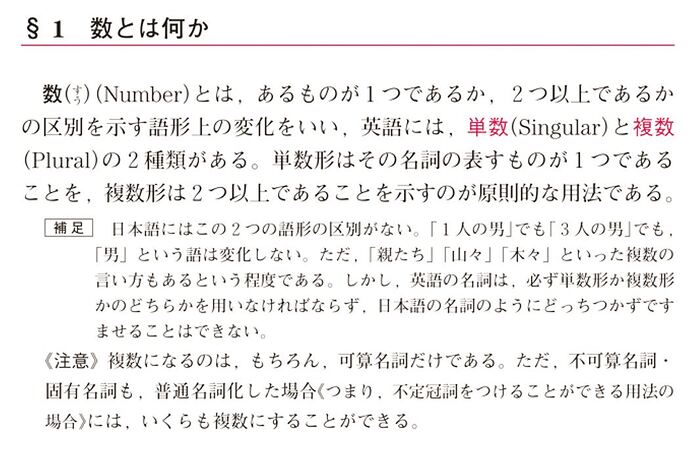Maybe it’s useful to some people, I don’t know. But to me, all of those kanji sequences add noise (and a fair portion of annoyance) to reading the descriptions while learning new grammar.
I honestly think that regularly having to ignore complicated words that I don’t know (and instead having to read the parts in brackets), makes the descriptions unnecessarily harder to read, and that’s the last thing that I want while concentrating on something that is already hard by itself.
Example:

vs

No other grammar source that I know does this. Either they are fully in English with only the necessary words in Japanese, or fully in Japanese, not a weird “just according to keikaku* (*) TL: keikaku means plan” mix of both.
Now that I’m ramping up my new lessons per day this is getting really frustrating. I don’t want to be annoyed at Bunpro multiple times a day. 

 my bad
my bad
